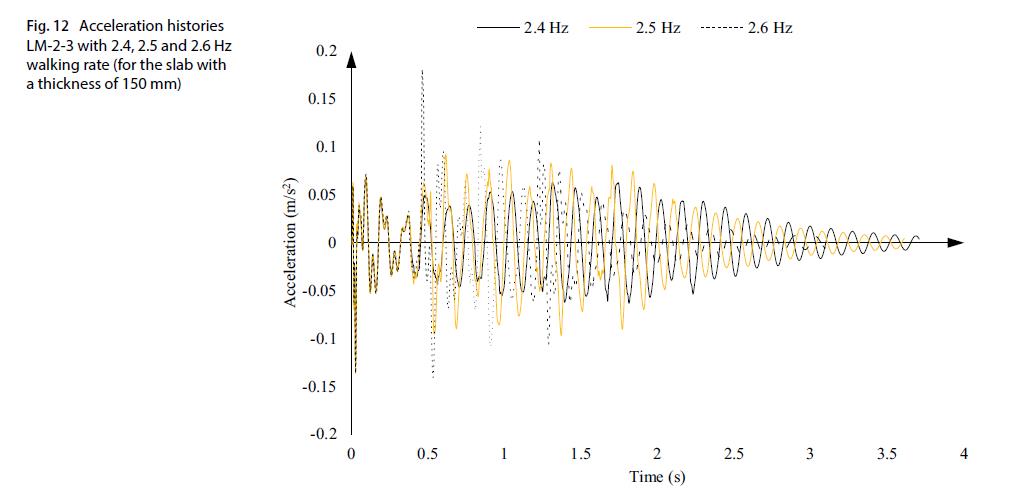23 Sep 2020
During the 2019-2020 Academic Year, academic staff in the Department of Civil Engineering at XJTLU have been highly productive in publication of research journal papers. Among them, there are four publications that represent the four main research areas of the department: Sustainable Construction Materials, Construction Management, Environmental Engineering, and Computational Modeling in Engineering.
Sustainable Construction Materials
Representative publication:
Improving the properties of recycled aggregate pervious pavement blocks through bio-mineralization, co-authored by Dr Jun Xia, published in Construction and Building Materials
Development of sustainable construction material is the one of the research priorities of the Department of Civil Engineering, as well as the primary research target of the research Institute for Sustainable Material and Environment (ISME).
This research introduces microbial induced calcium carbonate precipitation (MICP) which can increase the strength of bricks and reduce its water absorption.
Nowadays, pervious concrete (PC) comprised of cement, water, coarse aggregates are widely used for sustainable and low impact pavement. However, the strength of the material called recycled coarse aggregates (RCA) used for manufacturing these pervious concrete blocks are usually lower before applying MICP.
“This advanced technology integrates bio-science technology into the traditional construction material industry, and is a promising approach to solving challenging questions and achieving breakthrough for field implementation,” said Dr Xia.
The proposed treatment method and production of pervious concrete bricks can help utilize the solid waste material, in order to reduce the environmental impact by avoiding the use of completely new raw materials. Utilization of this new type of pervious bricks can also help mitigate the threat of climate change and lower the impact from the extreme event with high precipitation.
Construction Management
Representative publication:
Quantifying construction waste reduction through the application of prefabrication: a case study in Anhui China, authored by Jianli Hao, Zhikun Chen, Zihan Zhang, Gisela Loehlein, published in Environmental Science and Pollution Research
This research concludes that prefabrication is a potential mitigation technology for reducing construction waste generation. Ultimately, waste reduction will reduce the pressure on landfills and the risk of illegal dumping, and ultimately contribute to the improvement of environmental and social issues.
“With the industry’s environmental impact in mind, Architecture, Engineering, and Construction (AEC) educators need to prepare students for careers in a sustainable built environment,” said Dr Jianli Hao.
“This means knowing how to design and construct sustainable infrastructure and buildings and manage sustainable urbanisation with the goal of maximizing life-cycles and economic value, and of reducing the adverse environmental impact of the AEC industry,” She added.
It is worth noting that the paper is a result of research undertaken by Zhikun Chen for his Final Year Project, who was one of the first graduates from the BEng Architectural Engineering programme.
It also enhances the collaboration between the Department of Civil Engineering and the Department of Architecture and Design, and the outcomes have been integrated into the research and teaching of both the department and the School.
Environmental Engineering
Representative publication:
Microplastics in the freshwater and terrestrial environments: Prevalence, fates, impacts and sustainable solutions, published in Science of the Total Environment, co-written by Dr Pow Seng Yap
This research is a review on microplastics in the freshwater and terrestrial environments. Thus, the outcomes of this study include the in-depth insights on the prevalence, fates, and deleterious impacts of microplastics in both of these environmental compartments, which currently have been less studied in comparison to the marine environment.
“The project emphasizes on the study of sustainable solutions to microplastics in the freshwater and terrestrial environments,” said Dr Pow Seng Yap. “Thus, in this regard, it is well linked to the research priority of sustainability and environmental protection in the department, particularly in the field of environmental engineering.”
The research project has garnered hot research interests with invitations to present the findings in international conferences and to contribute in journals on the new developments on microplastics. It has already received quite a number of good citations, and is likely to receive more in the near future.
“The findings of this study will help to create a cleaner and healthier environment for the society to live in,” said Dr Pow Seng Yap.
“In addition, it will enhance the society's awareness and understanding on the importance to put in more efforts to significantly reduce the amount of microplastics in our environment,” he added.
Computational Modeling in Engineering
Representative publication:
Simulations of human-induced floor vibrations considering walking overlap, co-authored by Dr Guobin Gong, published in SN Applied Sciences.
Nowadays there is a growing need for floors accommodating vibration sensitive equipment, such as microscopes and lasers in hospitals and hi-tech laboratories. Their optimal functioning commonly permits extremely low vibration levels, often micro-levels, of the supporting structure, which are far below human perception.
This project is focused on how to assess the human-induced (naturally moving dynamic) vibration using Finite Element Analysis. One aspect of this project is to check the influence of walking overlap, which is normally ignored in several design guidelines.
“The research into areas of floor vibrations has been a hot topic in recent years and this complies with one of the Department and the School’s research strategies of solving topical engineering issues,” said Dr Guobin Gong.
The research outcomes show that walking overlap should not be ignored as it would otherwise lead to non-conservative results. It means the walking load models suggested by existing guidelines need to be refined or changed in order to incorporate this research conclusion. Further work is ongoing concerning the assessment of floor vibrations based on different design guidelines, according to Dr Gong.
“This research work is part of a former Final Year Project and the first author is a former Final Year student under my primary supervision, which is a great indication of the research-led education here at XJTLU,” added Dr Gong.

The Department is committed to research excellence in all fields of Civil Engineering. Our high quality research output and impact is reflected in the most recent inclusion of XJTLU in ESI (Essential Science Indicators) Top 1% in terms of citation frequency in the field of Engineering, where Civil Engineering contributes significantly, together with other departments in the University.
By Yi Qian
Photos provided by Dr Jianli Hao and Dr Guobin Gong
23 Sep 2020







